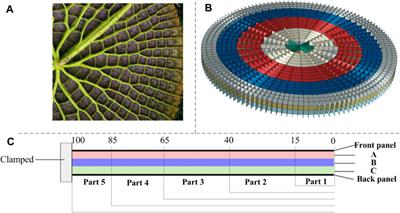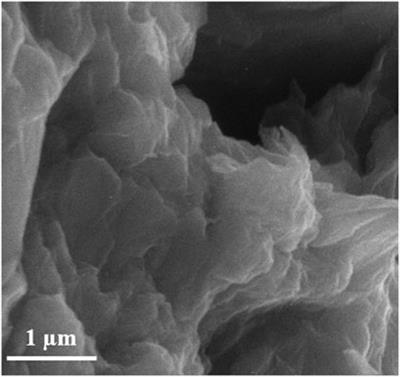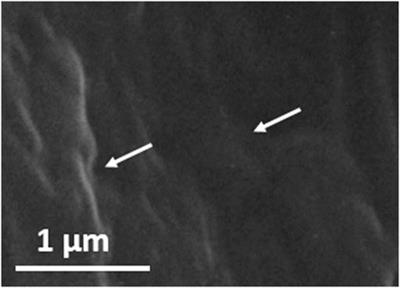EDITORIAL
Published on 11 Feb 2025
Editorial: Advancements in composite sandwich materials: fabrication, characterization, durability, modeling and applications
doi 10.3389/fmats.2025.1565829
- 546 views
3,228
Total downloads
18k
Total views and downloads
EDITORIAL
Published on 11 Feb 2025
ORIGINAL RESEARCH
Published on 05 Nov 2024
ORIGINAL RESEARCH
Published on 19 Jan 2024

ORIGINAL RESEARCH
Published on 15 Jun 2023

ORIGINAL RESEARCH
Published on 09 May 2023
